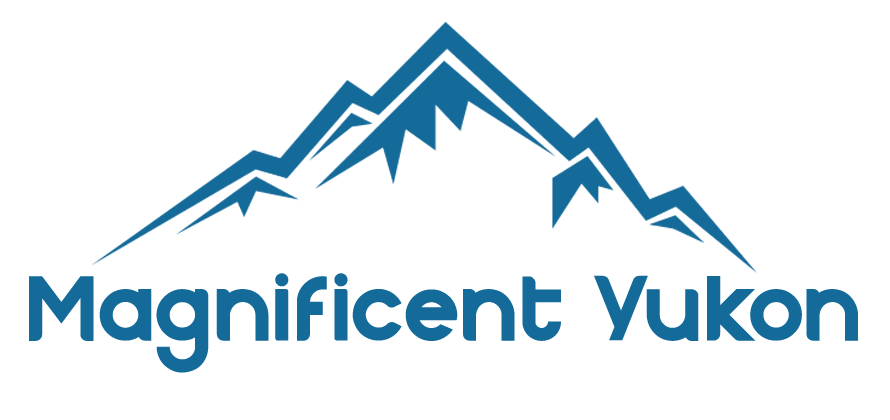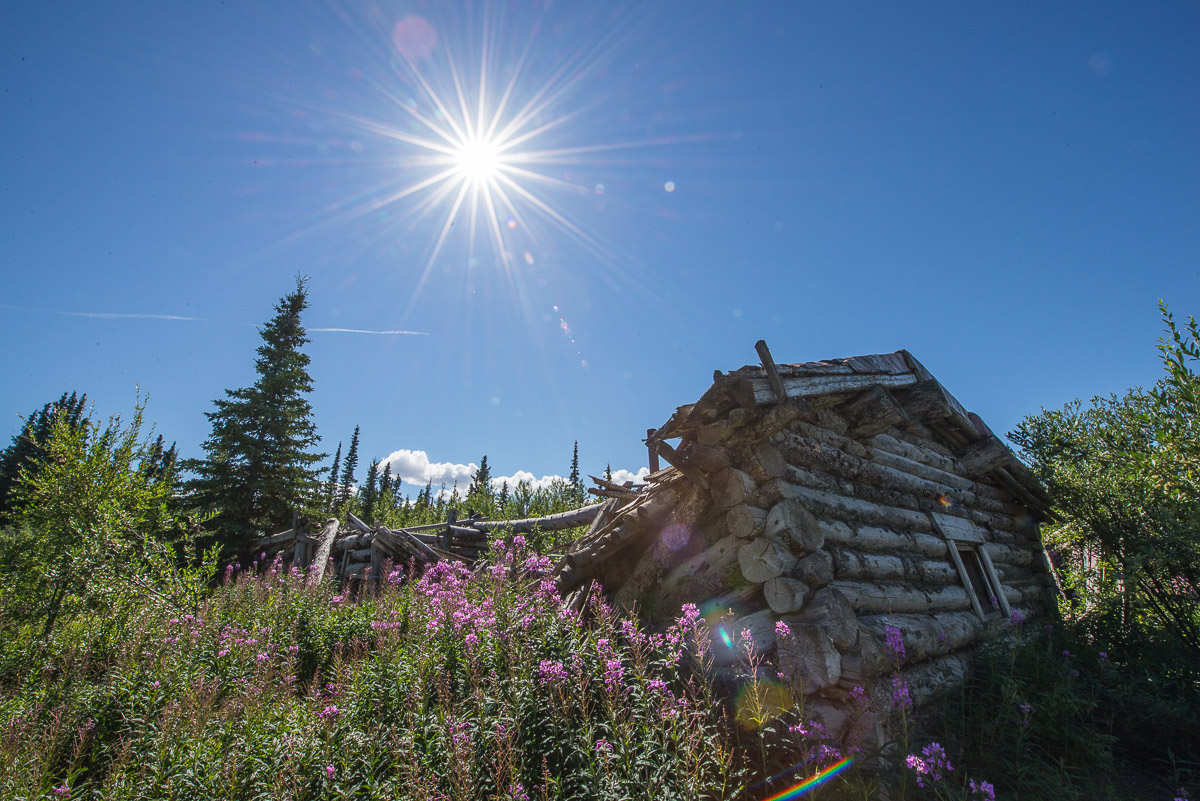Yukon Silver Rush – Is It Happening Now?
Yukon Silver Rush – Is It Happening Now
In the history books, Yukon might be famous for its Klondike Gold Rush of the late 19th century. However, this wild country also became known as a significant silver Hub following the discovery of silver deposits in Keno back in 1918. Mining companies quickly began to drill and ship silver, eventually putting Yukon on the world map as a prominent silver producer. Throughout the early 20th century, the region produced more paydirt than Klondike.
Fast forward a couple of decades later, the silver train is now a shadow of its former glorious past. The once prolific silver mining district has become a quiet landscape more attractive to adventurous travelers and hikers. You can still find buildings, equipment, artifacts, and monuments that give insight into early mining activities in the town. Unsurprisingly, Yukon still boasts vast silver deposits.
Moreover, mining companies such as Alexco Resource Corp are already implementing frameworks to begin production. The mine is estimated to contain more than 11,870,000 ounces of silver (contained). The Yukon silver rush is real and is happening now.
The silver train history
Despite absence in the history books, the silver train predates Klondike Gold Rush. The town of Mayo became the first to establish a silver claim in 1903. The mine was stacked in Galena Creek, near Elsa, but remained untouched until a decade later in 1913. This restacking, which became to be known as Silver King, spurred a rush that then led to the discovery of another silver claim (roulette) in 1919. The Keno Hill claim was Yukon’s most significant silver strike and resulted in the establishment of an ore processing mill in 1920. As the town (present-town Elsa) developed, more silver claims were discovered, leading to the infamous silver boom of the 1950s. Elsa ended up becoming the fourth-largest producer of silver in the world and second-largest in Canada. The silver train region had produced over 213,000,000 ounces of silver by 1989 when low-market prices forced its closure. The district also produced Lead and Zinc.
Renewed interest in Yukon silver depos
Mining companies have always known of the existence of silver in Yukon. Since 2006, major miner Alexco has spent millions of dollars and thousands of hours determining where the silver ores are located, the quantity of silver of available in the mines, including safe and economical ways of extracting it. At the moment, the company has drilled more than 1500m of new underground development and 1500m of preexisting development. They have also drilled 350 diamond drill holes across the district, covering an estimated 15,700m, inclusive of all historic and new silver exploration targets. Alexco boasts 35,000 documents organized in a 300 GB database containing crucial geographical information. According to official reports by the company, they are ready to begin production this year. They have also acquired all the permits and approvals required to start exploring both existing and new sites in the district.
The Rush
According to Alexco Resource Corp, the milling operations in Yukon will be all year-round, at a base production rate of 250 tons per day. Mining companies in Canada are already set to bring back Yukon to its former glory days by resuscitating silver production and encouraging its exploration and exploitation within the region. With the help of new technologies and mining concepts, production projections are set much higher. However, although Alexco discovered a large ore, extensive research will be required to incorporate the ancient techniques into new mining concepts. From ground control to mining methods, mineralization, and extraction, the involved companies will require thorough geotechnical assessment and studies to optimize the operations. The companies will also target lead and zinc ores to maximize the paydirt they can extract. Mined-out ores and stopes will be filled with waste rock, cemented blends, and filtered tailings from the processing plant.
Summary
Yukon, which lies in the extreme north-west of Canada, has a long history of precious metals. The current silver rush ceased renewed interest in the region, which boasts large ores of contained silver, lead, zinc, and gold. Tourists can also visit the area to enjoy the recreational facilities, wilderness hikes, ridge tops, and historic waters as well as ancient mine sites. Meanwhile, silver mining and milling operations are expected to commence in various areas, starting with Bellekeno silver mine in Keno Hill district.

